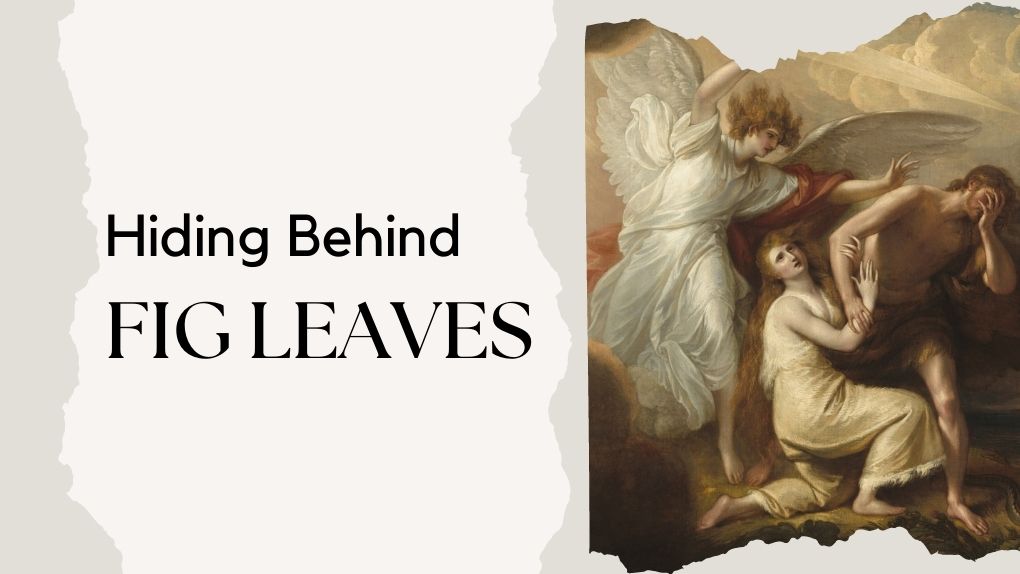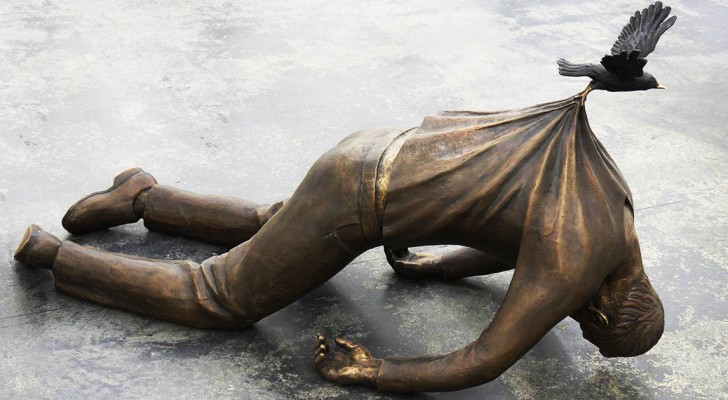 The Sistine Chapel is arguably the most visited room in the world. About five million people visit the chapel every year and admire one of the greatest artistic achievements of all time. Every inch and corner of the chapel is covered by magnificent artwork. Michelangelo’s Last Judgment covering the entire altar back wall is perhaps one of the most recognized and respected pieces. But this particular work was not always so cherished. In fact, many protested and vehemently opposed Michelangelo’s work due to the nude depiction of the characters, deeming it as inappropriate for a place as sacred as the Pope’s private chapel. When the Papal Master of Ceremonies called his work “disgraceful and more suitable for public baths or taverns,” Michelangelo responded by including him in work as Minos – the lord of underworld and hell, depicting him with donkey ears and a snake biting his genitals. The Master of Ceremonies complained to the Pope, asking Michelangelo to be disciplined and punished. But the Pope gently pointed out that his authority did not extend to hell, and the painting remained unchanged. The controversy continued long after Michelangelo’s death until, in 1565, Daniele da Volterra was commissioned to cover the nudity of Michelangelo’s Last Judgment characters with fig leaves.
The Sistine Chapel is arguably the most visited room in the world. About five million people visit the chapel every year and admire one of the greatest artistic achievements of all time. Every inch and corner of the chapel is covered by magnificent artwork. Michelangelo’s Last Judgment covering the entire altar back wall is perhaps one of the most recognized and respected pieces. But this particular work was not always so cherished. In fact, many protested and vehemently opposed Michelangelo’s work due to the nude depiction of the characters, deeming it as inappropriate for a place as sacred as the Pope’s private chapel. When the Papal Master of Ceremonies called his work “disgraceful and more suitable for public baths or taverns,” Michelangelo responded by including him in work as Minos – the lord of underworld and hell, depicting him with donkey ears and a snake biting his genitals. The Master of Ceremonies complained to the Pope, asking Michelangelo to be disciplined and punished. But the Pope gently pointed out that his authority did not extend to hell, and the painting remained unchanged. The controversy continued long after Michelangelo’s death until, in 1565, Daniele da Volterra was commissioned to cover the nudity of Michelangelo’s Last Judgment characters with fig leaves.
Today, we use the expression “fig leaf” figuratively to convey the intention of covering an act or object that is embarrassing. It is a metaphorical reference to the story of Adam and Eve covering their nakedness with fig leaves. They severed their relationship with their loving creator by acting contrary to God’s only commandment. Without his precious presence in their lives, they suddenly realized how naked, vulnerable, sad, and shameful they were. Today is the first Sunday of the Great Lent, also known as the Sunday of Expulsion. And while we might be very familiar with the story of Adam and Eve and their expulsion from the Garden of Eden, we rarely think of the spiritual significance of their nakedness and the attempt to cover it with fig leaves.
We instinctively identify nudity with embarrassment and shame. But it also means being exposed to the elements, cold and heat, being in danger of getting hurt and injured. While in the presence of God, Adam and Eve had no awareness of shame and danger, nothing to worry about or hide. It is important to note that the very first thing immediately taking place after they eat from the forbidden fruit and break their relationship with God, is their realization that they are naked and vulnerable.
The story of expulsion from the Garden of Eden is not simply about Adam and Eve but also about us. When we drift away from God and lose his presence in our lives, we create an enormous void of emptiness within our souls. Like Adam and Eve, our first instinct is often to cover up this emptiness, sadness, and loneliness with modern fig trees. For some, it might be simply living in a state of denial that we are deeply unhappy and unsatisfied with our lives. For others, it might be a restless attempt to find true joy in places where it can’t be found, such as money, success and prosperity. Some simply might try to cover up their sadness and spiritual nakedness behind cheerful family vacation photos on Facebook, a new hobby or even a relationship. But no matter what we do and how hard we try to cover up the nakedness of souls, the fig leaves will eventually wither and leave us exposed. Only Christ and his precious and life-giving presence can make us feel whole and happy again.

